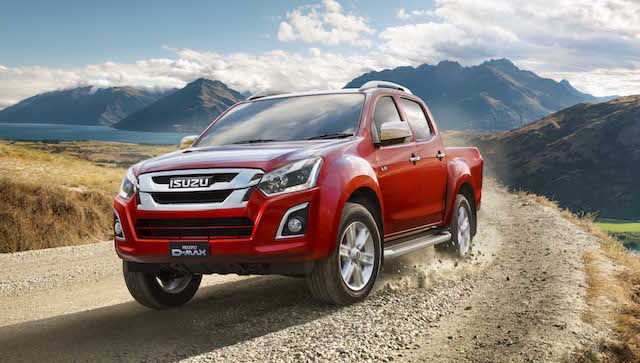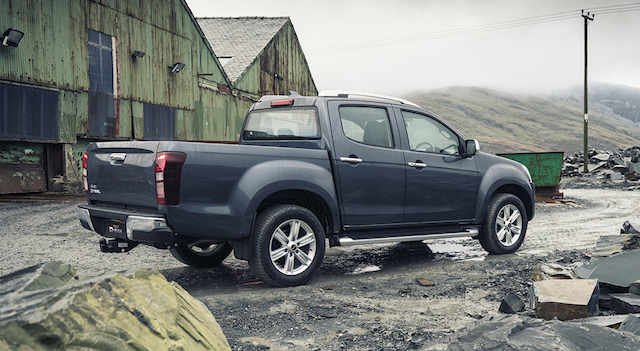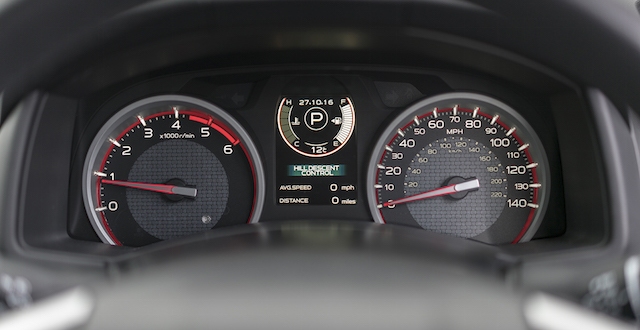
The updated Isuzu D-Max ute at first glance mightn’t look much different from the existing model, but there are significant changes, not least to the 3.0-litre turbo-diesel engine.
Firstly, the old Euro4-compliant unit has been reworked to meet Euro5. Secondly, it retains the same 130kW of power but now delivers 50Nm more torque – 430Nm between 2000-2200rpm against the existing engine’s 380Nm between 1800-2800rpm.
The big plus is the new engine’s improved flexibility – 380Nm of the 430Nm is on tap between 1700-3500rpm, a spread of 1800rpm. The 380Nm output in the previous engine was confined to a bandwidth of 1000rpm.
The result, coupled with six-speed (Aisin) automatic and (in-house Isuzu) manual transmissions replacing the five-speeders, is a D-Max that gets to peak power and torque quicker than before, while being a claimed five per cent more efficient on fuel. All models get a diesel particulate filter.
The new-look D-Max goes on sale in New Zealand later next month on the back of sales growth for the ute and its MU-X wagon stablemate last year of almost 40 per cent, up from 1897 units in 2015 to 2640.
Prices for the 13-model LX and LS line-up have risen slightly and range from $39,890 for the two-wheel-drive cab-chassis LX automatic to $61,990 for the four-wheel-drive double-cab LS-Terrain auto. The prices include GST.
The facelift extends to a reshaped bonnet, redesigned front bumper and revised grille, and new designs for the headlights – projectors with LED daytime running lights on LS and LS-T variants.
Isuzu says added insulation in the firewall and new screens between the front guards and the body have cut down on engine noise, road noise and vibration and harshness in all models except the single cab.
Hill descent control is standard across the D-Max range and LX models ride on 16-inch wheels, LS on 17-inch, and the LS-T on 18-inch. Braked towing capacity remains at 3500kg.
Changes inside include a 7-inch DVD screen with rear-view camera for LX variants and an 8-inch with camera and integrated sat-nav for the LS and LS-T. The double-cab LS and LS-T get USB connections for rear passengers.


